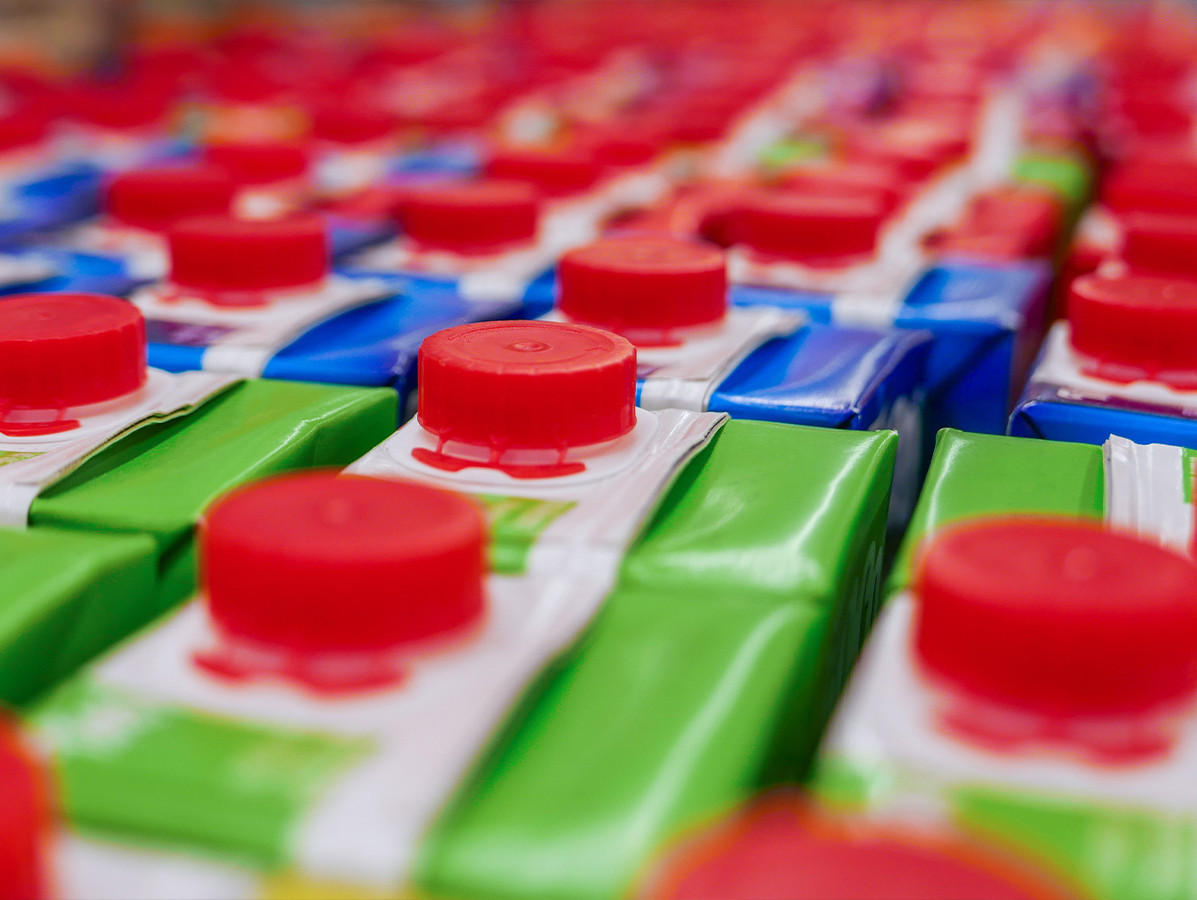We're currently searching through more than 4,000 articles, just a moment's patience...
We're currently searching through more than 4,000 articles, just a moment's patience...

According to research by Wageningen Food & Biobased Research (WFBR), the recycling rate of beverage cartons was 31 per cent in 2020. Only the paper fibres were recycled; incidentally, these are not used in new beverage cartons, but in hygiene paper and cardboard. The so-called PolyAl fraction is currently being recycled on an industrial pilot scale. PolyAl is the combination of plastic and aluminium used in beverage cartons as a barrier layer for juices, for example. If collection, sorting and recycling are fully scaled up and optimised, WFBR says - assuming 2020 figures - a recycling rate of up to 52 per cent can be achieved.
"We receive many questions about the recycling and sustainability of beverage cartons. Different parties have different opinions about it. Many questions about this come to us. This was the reason for preparing the factsheet with facts and figures," said KIDV director Chris Bruijnes. KIDV discusses the history, composition and application of beverage cartons and describes current developments in the market, such as the development of aluminium-free beverage cartons.
View the KIDV fact sheet Drinks cartons
Kidv.nl
Beeld: Tawan Ramtang/Shutterstock.com
Source: KIDV
Vakblad Voedingsindustrie is a project of b2b Communications BV.
© COPYRIGHT 2025 VOEDINGSINDUSTRIE | ALLE RECHTEN VOORBEHOUDEN
Powered by Wallbrink Crossmedia © 2025
Een abonnement kost € 80,- exclusief 9% BTW per jaar.

We work in accordance with the privacy legislation. After your registration you will receive an e-mail with a confirmation link. Only after you have clicked on this link will you be registered as a recipient of the newsletter. If you can't find the e-mail in your inbox, please also look at unsolicited e-mail.


Lorem ipsum dolor sit amet, consectetuer adipiscing elit. Aenean commodo ligula eget dolor. Aenean massa. Cum sociis natoque penatibus et magnis dis parturient montes, nascetur ridiculus mus. Donec quam felis, ultricies nec





